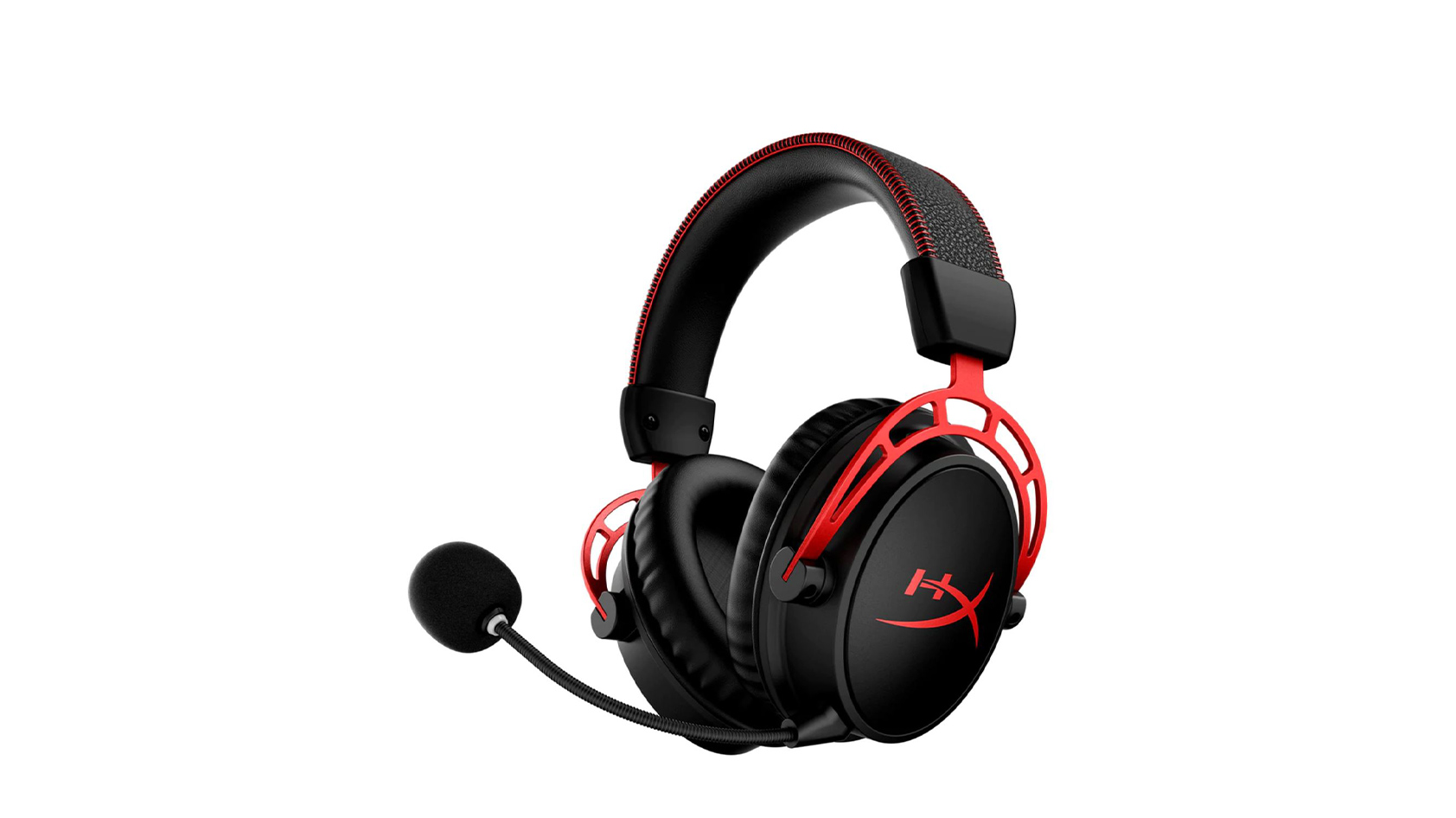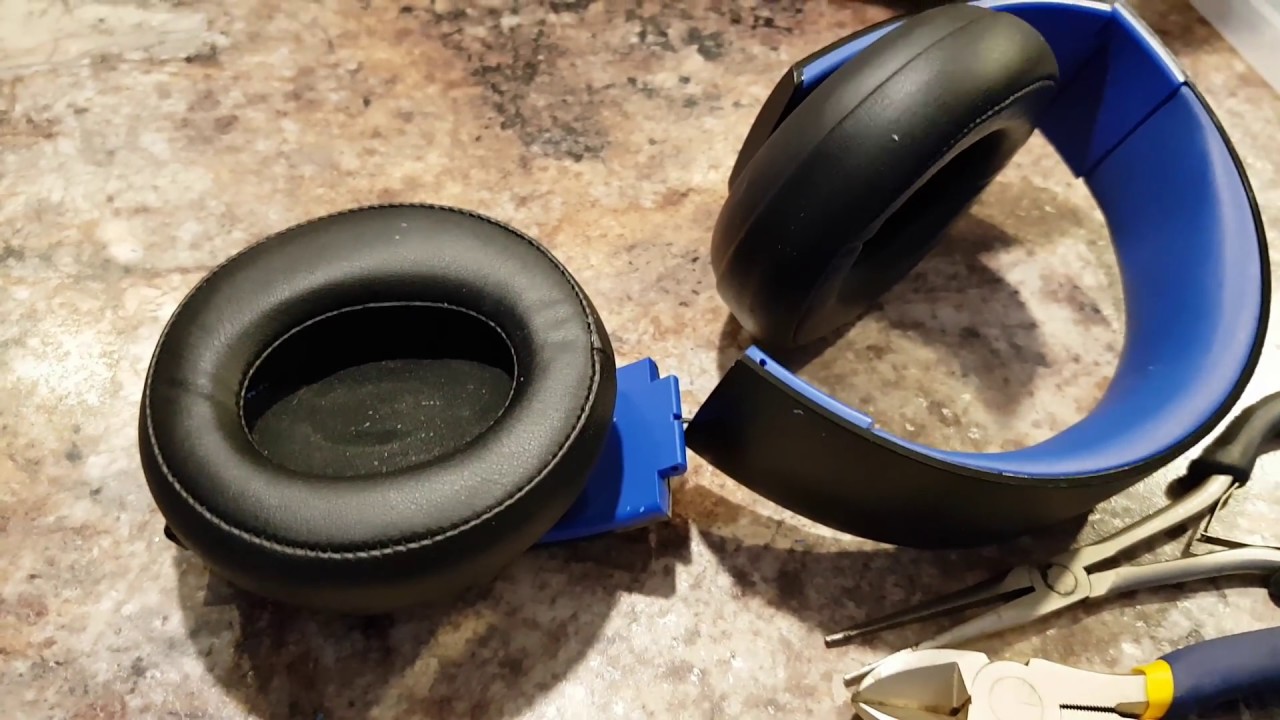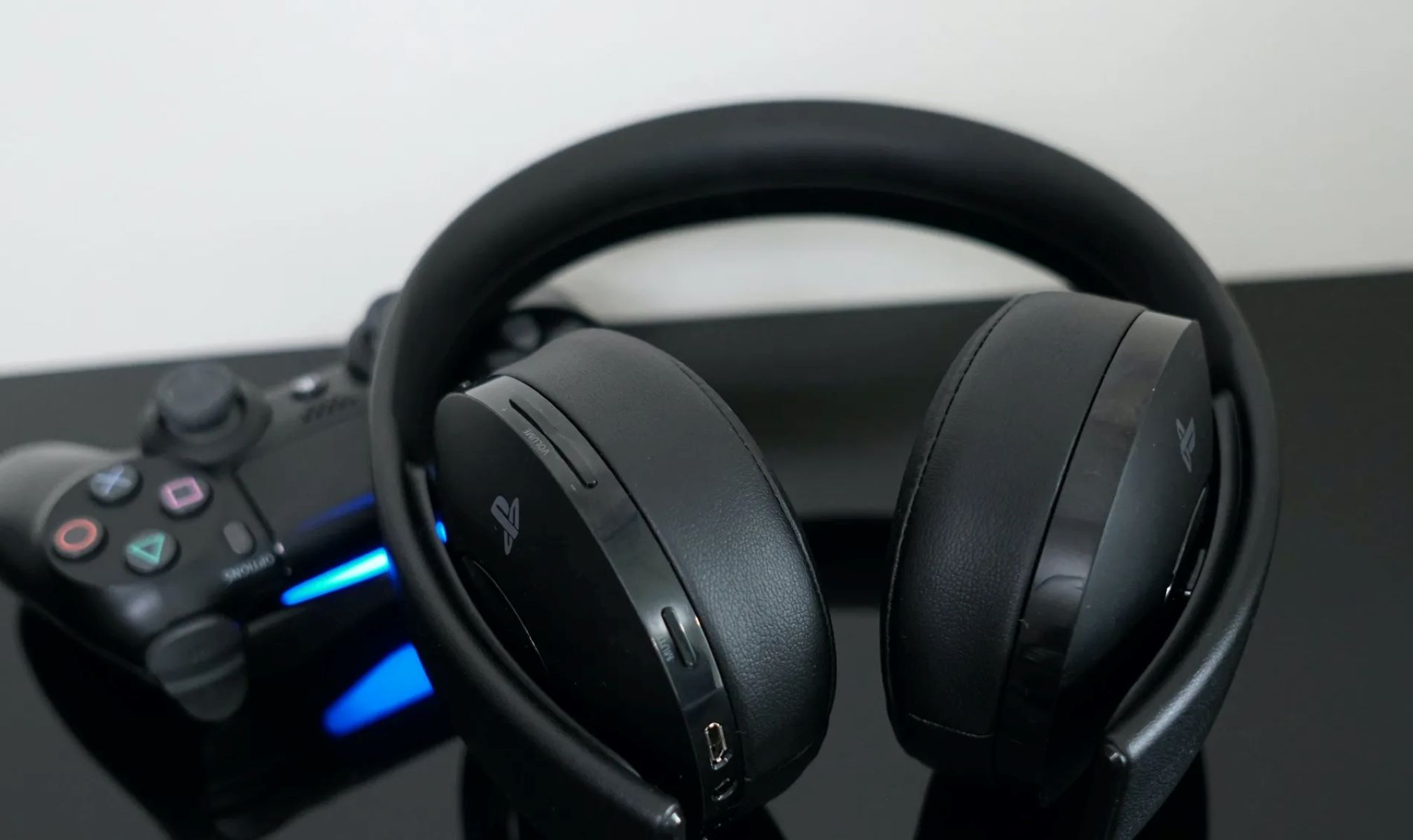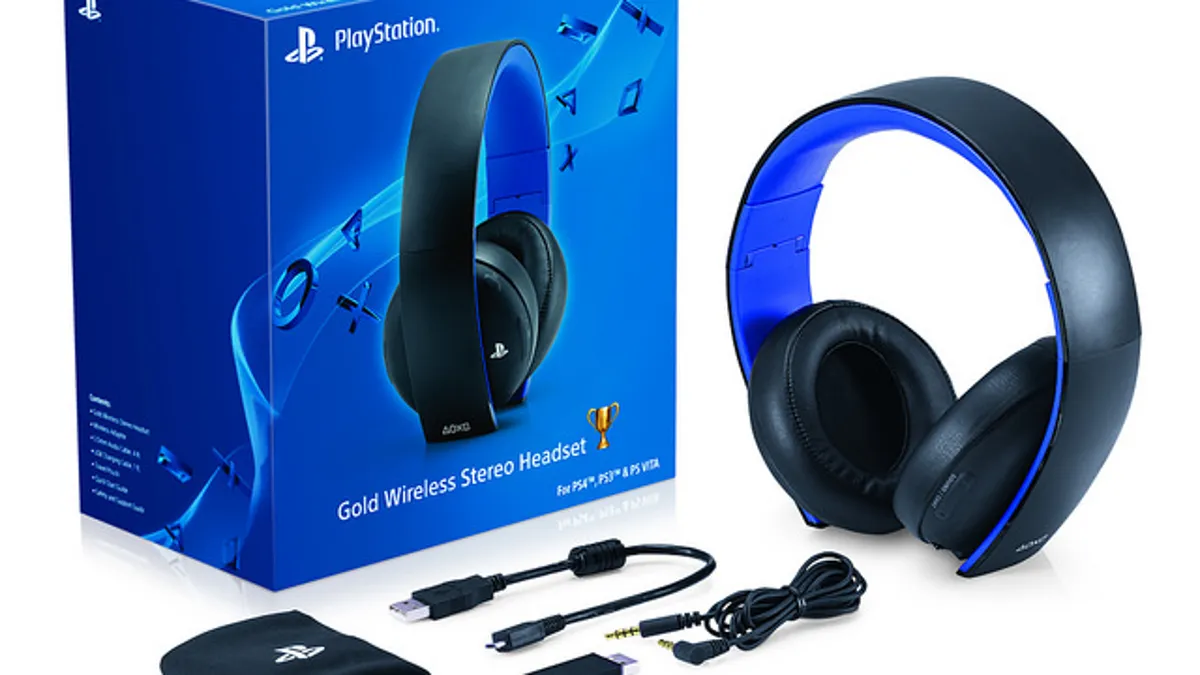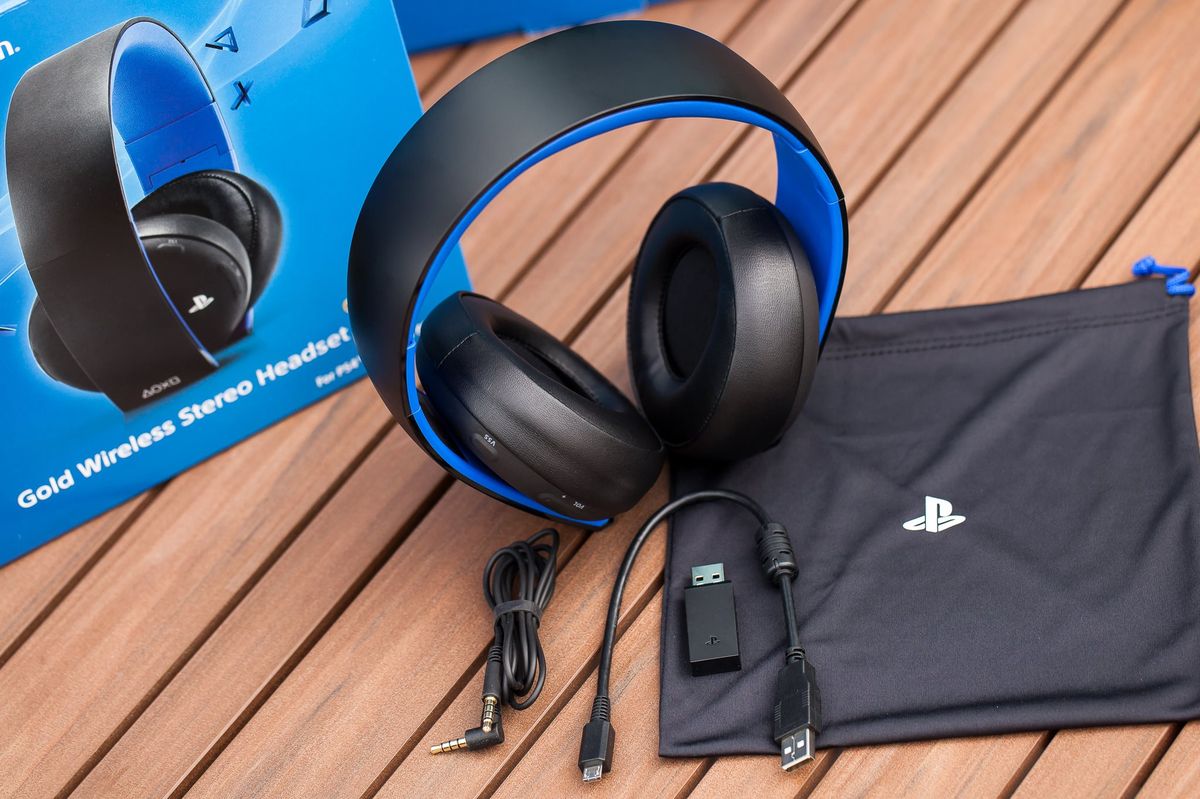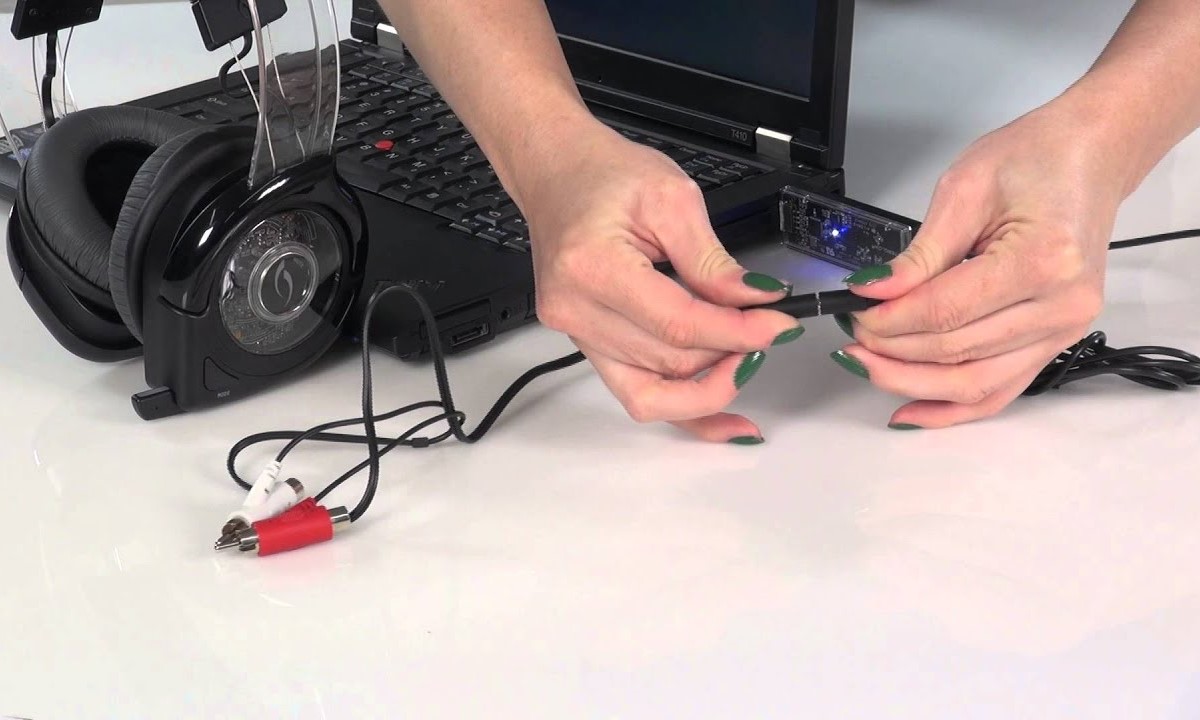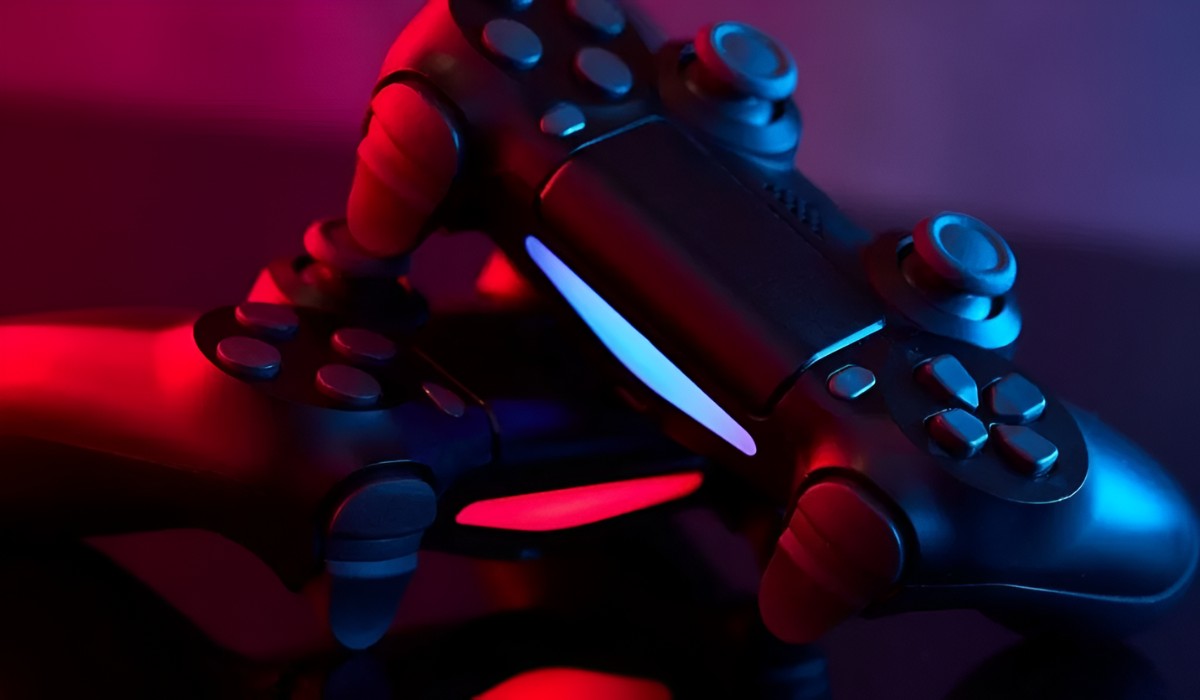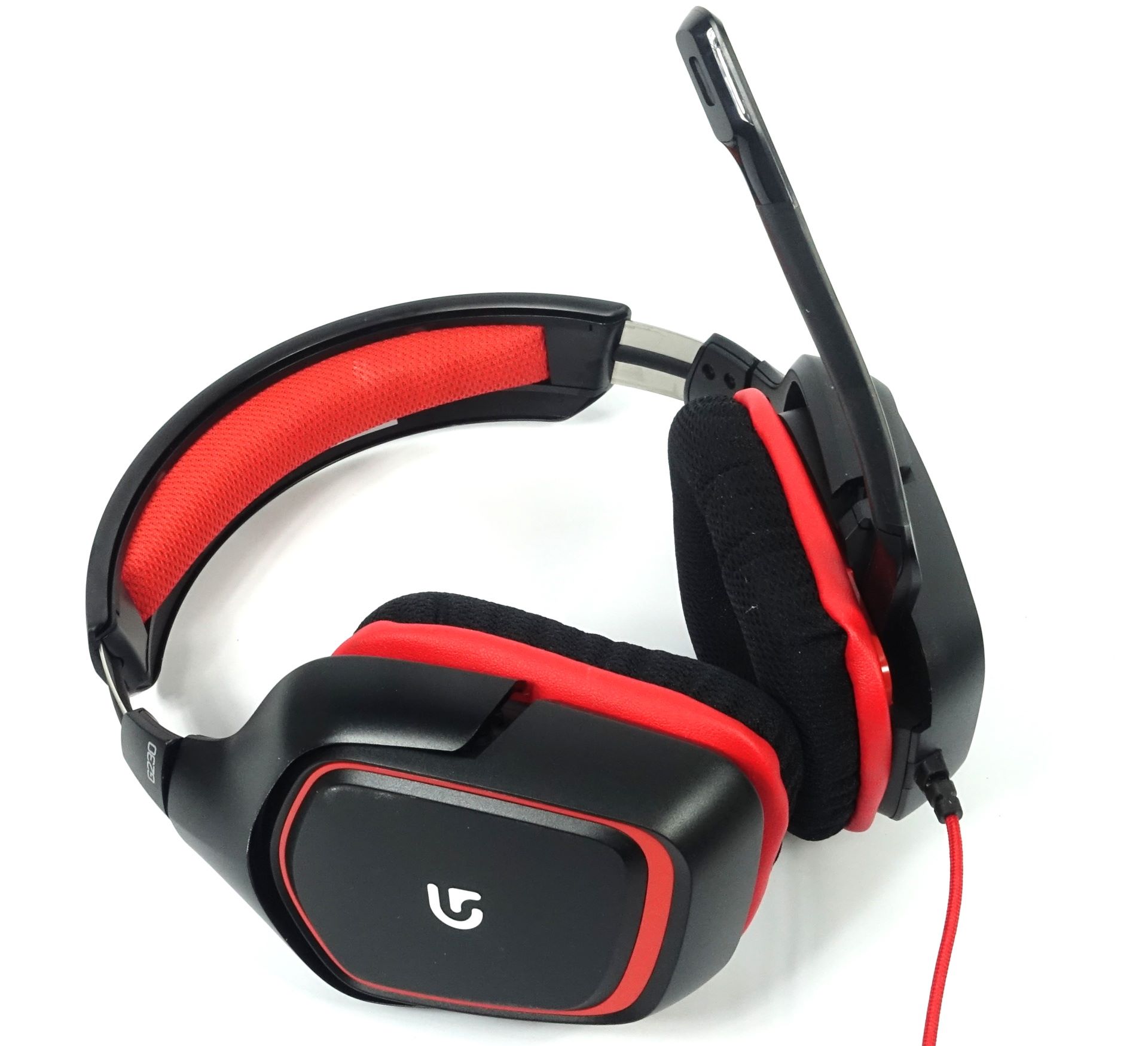Common PS4 Headset Issues
When it comes to using a PS4 headset, encountering technical glitches can be a frustrating experience. From audio problems to connectivity issues, several common challenges may arise. Understanding these issues is the first step toward resolving them effectively. Here are some of the most prevalent PS4 headset problems:
-
No Audio Output: One of the most common issues is the lack of audio output from the headset. This can be particularly vexing when trying to immerse oneself in a gaming session or communicate with other players.
-
Microphone Malfunctions: Another frequent problem involves the headset's microphone. Users may find that their voice is not being transmitted clearly, or the microphone may not be functioning at all.
-
Intermittent Connectivity: Some users report intermittent connectivity problems, where the headset repeatedly disconnects and reconnects to the PS4 console.
-
Low Volume or Poor Sound Quality: Users may experience low volume levels or a decline in sound quality, detracting from the overall gaming experience.
-
Compatibility Issues: Certain headsets may encounter compatibility issues with the PS4 console, resulting in limited functionality or erratic behavior.
-
Physical Damage: Accidental damage to the headset, such as a frayed cable or a broken earpiece, can also lead to performance issues.
Understanding these common issues is crucial for troubleshooting and resolving them effectively. By identifying the specific problem at hand, users can take targeted steps to address the underlying causes and restore their PS4 headset to optimal functionality.
Checking Hardware Connections
Ensuring that the hardware connections of your PS4 headset are properly configured is an essential initial step in troubleshooting any issues. Even minor disruptions in the connections can lead to significant audio or microphone problems. Here's a comprehensive guide to checking the hardware connections of your PS4 headset:
-
Inspect Cable Connections: Begin by examining the cable connections between the headset and the PS4 controller. Ensure that the cables are securely plugged into the appropriate ports, and there are no visible signs of wear or damage. A loose connection can result in intermittent audio or microphone malfunctions.
-
Verify USB Connections: If your headset utilizes a USB connection, confirm that the USB cable is firmly inserted into the PS4 console. Additionally, check the USB port for any obstructions or debris that may impede a secure connection.
-
Check for Damaged Cables: Inspect the headset cables for any signs of damage, such as fraying or kinks. Even minor wear and tear can lead to connectivity issues and impact the overall performance of the headset.
-
Ensure Proper Power Supply: For wireless headsets, ensure that the device is adequately charged or that the batteries are functional. A low battery level can result in inconsistent connectivity and audio disruptions.
-
Clean Ports and Connectors: Over time, dust and debris can accumulate in the ports and connectors of the headset and PS4 controller. Use a can of compressed air or a soft brush to gently remove any buildup, ensuring a clean and reliable connection.
-
Test Alternative Connections: If possible, try using different ports or connectors to rule out potential issues with a specific input. This can help identify whether the problem lies with the headset or the PS4 hardware.
By meticulously examining and addressing the hardware connections of your PS4 headset, you can effectively troubleshoot common issues and restore optimal functionality. These proactive measures not only help in resolving existing problems but also contribute to the overall maintenance and longevity of your gaming equipment.
Adjusting Audio Settings on PS4
Fine-tuning the audio settings on your PS4 can significantly impact the performance and output of your headset, ultimately enhancing your gaming experience. By customizing the audio settings to suit your preferences and the capabilities of your headset, you can effectively address various audio-related issues and optimize the overall sound quality. Here's a comprehensive guide to adjusting the audio settings on your PS4:
1. Accessing the Audio Settings
To begin, navigate to the "Settings" menu on your PS4 console and select "Devices." From the available options, choose "Audio Devices" to access a range of audio-related settings and configurations.
2. Adjusting Microphone Levels
If you are experiencing issues with your headset's microphone, you can fine-tune the microphone levels within the "Audio Devices" menu. By selecting "Adjust Microphone Level," you can calibrate the microphone sensitivity to ensure clear and effective voice transmission during gaming sessions and communication with other players.
3. Configuring Output to Headphones
Under the "Audio Devices" menu, you can further customize the audio output settings by selecting "Output to Headphones." This option allows you to choose between "Chat Audio" and "All Audio," enabling you to prioritize in-game audio or chat communication based on your preferences.
4. Utilizing Equalizer Settings
For users seeking a more personalized audio experience, the PS4 offers the option to adjust the equalizer settings. By accessing the "Sound and Screen" settings and selecting "Audio Output Settings," you can fine-tune the equalizer to enhance specific audio frequencies, such as bass or treble, according to your preferences.
5. Enabling Virtual Surround Sound
To create an immersive audio environment, consider enabling virtual surround sound through the "Audio Output Settings." This feature simulates spatial audio, providing a more expansive and realistic auditory experience during gameplay, enhancing overall immersion and situational awareness.
6. Testing and Calibration
Following any adjustments to the audio settings, it is advisable to test the headset's performance in-game and make real-time adjustments as needed. This iterative approach allows you to fine-tune the audio settings based on your specific gaming environment and the nuances of different titles.
By proactively adjusting the audio settings on your PS4, you can effectively address common headset-related issues such as low volume, poor sound quality, and microphone malfunctions. Additionally, customizing the audio settings to align with your preferences can elevate the overall gaming experience, immersing you in rich, high-quality audio tailored to your individual preferences and gaming style.
Updating Headset Firmware
Keeping the firmware of your PS4 headset up to date is crucial for ensuring optimal performance and compatibility with the PS4 console. Firmware updates often include bug fixes, performance enhancements, and new features, addressing known issues and refining the overall functionality of the headset. Here's a detailed exploration of the process for updating the firmware of your PS4 headset:
-
Manufacturer's Website: Begin by visiting the official website of the headset's manufacturer. Look for the support or downloads section, where firmware updates and related documentation are typically available for download. Ensure that you select the correct model of your headset to access the relevant firmware files.
-
Review Release Notes: Before proceeding with the firmware update, review the release notes provided by the manufacturer. This documentation outlines the specific improvements and fixes included in the update, offering valuable insights into the enhancements you can expect after updating the firmware.
-
Download Firmware Update: Once you have identified the appropriate firmware update for your headset, download the update file to your computer. Some manufacturers provide detailed instructions for the firmware update process, which should be carefully reviewed before proceeding.
-
Prepare USB Storage Device: In some cases, firmware updates require the use of a USB storage device to transfer the update file to the headset. Prepare a compatible USB flash drive and ensure that it is formatted correctly according to the manufacturer's guidelines.
-
Transfer Firmware to Headset: Follow the manufacturer's instructions to transfer the downloaded firmware update to the headset. This process typically involves connecting the USB storage device to the PS4 console and initiating the firmware update through the console's settings menu.
-
Monitor Update Progress: During the firmware update process, it is important to closely monitor the progress to ensure that the update is applied successfully. Follow any on-screen instructions provided by the PS4 console, and avoid interrupting the update process to prevent potential issues with the headset's firmware.
-
Verify Firmware Version: After the update is complete, verify that the firmware version of your headset has been successfully updated. This can usually be done through the settings menu on the PS4 console or by accessing the headset's configuration options.
By regularly updating the firmware of your PS4 headset, you can benefit from improved performance, enhanced features, and a more stable user experience. Firmware updates play a crucial role in addressing known issues and ensuring that your headset remains compatible with the latest software and hardware configurations, ultimately maximizing your gaming enjoyment and communication capabilities.
Testing the Headset on Another Device
When troubleshooting issues with a PS4 headset, testing the headset on another compatible device can provide valuable insights into the root cause of the problem. This proactive approach allows users to isolate potential issues related to the headset itself or the PS4 console, enabling a more targeted and effective resolution. Here's a comprehensive exploration of the process for testing the headset on an alternative device:
1. Selecting a Compatible Device
Begin by identifying a compatible device that supports the use of the PS4 headset. This can include alternative gaming consoles, computers, or mobile devices equipped with the necessary audio input and output interfaces. Select a device that is known to be in proper working condition to ensure accurate assessment of the headset's performance.
2. Connecting the Headset
Connect the PS4 headset to the chosen alternative device using the appropriate cables or wireless connectivity method. Ensure that the connections are secure and that the headset is properly configured to interface with the alternative device. If the headset utilizes a USB connection, verify compatibility with the alternative device's USB ports.
3. Testing Audio Output
Once the headset is connected, assess the audio output by playing audio content or engaging in a voice call. Evaluate the volume levels, sound quality, and overall performance of the headset on the alternative device. Pay attention to any discrepancies or irregularities compared to its performance on the PS4 console.
4. Evaluating Microphone Functionality
Test the microphone functionality by recording audio or engaging in a voice call that requires voice input. Speak into the headset's microphone and assess the clarity and consistency of the transmitted audio. Verify that the microphone is capturing and transmitting sound effectively without distortion or intermittent malfunctions.
5. Observing Connectivity Stability
During the testing phase, observe the stability of the headset's connectivity to the alternative device. Monitor for any intermittent disconnections, audio dropouts, or latency issues that may indicate underlying connectivity problems. Assess whether the headset maintains a reliable and consistent connection throughout the testing process.
6. Comparing Performance
Compare the performance of the PS4 headset on the alternative device to its performance on the PS4 console. Identify any notable differences in audio output, microphone functionality, or connectivity stability. This comparative analysis can reveal whether the issues are specific to the PS4 console or if they persist across different devices.
By systematically testing the PS4 headset on an alternative device, users can gain valuable insights into the nature of the issues they are experiencing. This empirical approach aids in pinpointing the source of the problems, whether they stem from the headset itself, the PS4 console, or compatibility issues. The findings from this testing process can inform targeted troubleshooting steps and facilitate a more informed approach to resolving the headset-related issues effectively.
Contacting Customer Support
When all troubleshooting efforts have been exhausted and persistent issues with your PS4 headset remain unresolved, reaching out to the manufacturer's customer support is a pivotal step in seeking resolution. Customer support channels serve as a direct line of communication to knowledgeable representatives who specialize in addressing technical issues and providing tailored assistance to users. Here's a detailed exploration of the process for contacting customer support for your PS4 headset:
1. Research Support Channels
Begin by researching the available customer support channels provided by the manufacturer. This can include options such as live chat support, email correspondence, phone support, or a dedicated support portal. Familiarize yourself with the operating hours and availability of each support channel to ensure timely assistance.
2. Prepare Relevant Information
Before initiating contact with customer support, gather pertinent information about your PS4 headset, including the model number, purchase date, and a detailed description of the specific issues you are encountering. Additionally, compile any relevant documentation such as purchase receipts or warranty information.
3. Initiate Contact
Select the customer support channel that best suits your preferences and availability. Whether opting for live chat, email, or phone support, clearly articulate the nature of the problems you are experiencing with your PS4 headset. Provide the gathered information and be prepared to follow any troubleshooting steps recommended by the support representative.
4. Follow Guidance and Troubleshooting
Engage with the customer support representative as they guide you through additional troubleshooting steps or diagnostic procedures. Cooperate with their instructions and provide feedback based on your observations during the troubleshooting process. This collaborative approach can lead to a more accurate assessment of the issues and potential solutions.
5. Warranty and Service Options
If your PS4 headset is within the warranty period, inquire about the available warranty service options. This may involve repair or replacement services provided by the manufacturer. Alternatively, if the warranty has expired, seek guidance on potential out-of-warranty service options and associated costs.
6. Documentation and Follow-Up
Throughout your interactions with customer support, maintain thorough documentation of the communication, including case numbers, support ticket references, and any commitments made by the manufacturer. Follow up on the progress of any ongoing support activities and ensure that you are informed about the next steps in the resolution process.
By proactively engaging with customer support, you can leverage the expertise and resources of the manufacturer to address persistent issues with your PS4 headset. The collaborative exchange with customer support representatives can lead to tailored solutions, warranty services, or further insights into the root causes of the issues, ultimately facilitating a positive resolution to your headset-related challenges.







